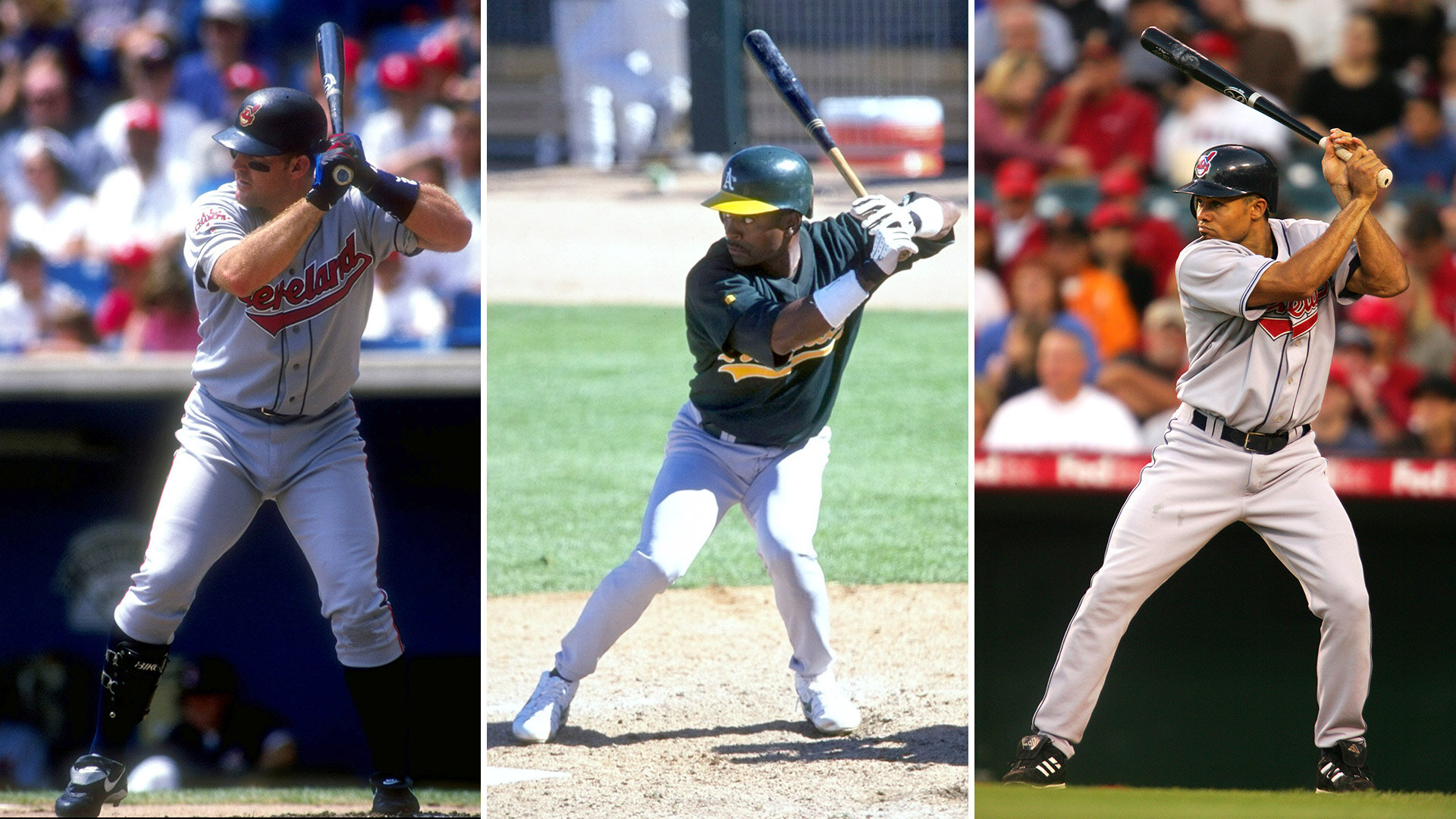Batting Stance
What is The Proper Batting Stance?
If you watch Major League Baseball, you will see many different batting stances from the most elite hitters in the game. When I played baseball, I would imitate my favorite players batting stance. No matter what your batting stance is, you have to set yourself up in the proper position to hit. Simple always wins, the more complex the body movements are at the youth level the harder it is to repeat.
Where do you keep your hands in the batting stance?
Every hitter has to end up relatively in the same load position. Keep in mind, every player will have their own unique style and comfortably. Essentially, you want your hands to be able to get into the load position, respectively.
This requires the movement to be simple, especially for a youth baseball player. One of the greatest professional hitters of all time Ted Williams once said, “the further your hands are away from your body, the longer it takes to get into the proper load position” in his book “The Science of Hitting.” I tell my hitters to keep their hands by their ear, or listen to their thumb. This is an easy que and it's a simple way to get my players in the proper hand position. Another example when teaching a player where to keep their hands is to draw a line from the knob of their bat and have it even with their back knee.
Additionally, a thoughtful tip to help hitters get their hands in the right position while staying relaxed is called, “collar bone pop”. If you have each of your hitters rest the bat on their collar bone and then pop it is easier to repeat.
Lower half in the batting stance?
You will often see in my writing about the term “UAP” (Universal Athletic Position). Every youth player without exception needs to have this type of lower half approach in the batter's box. I attend hundreds of little league games, and see many students who stand in the batter’s box like they are waiting in line for pizza. When you are in the batter's box you need to be ATHLETIC! Ask your players instead of telling them, “How do you guard someone in basketball? Instead of lecturing them, ask them. Let the players solve the problem. A hitter can INSTANTLY improve their batting stance by just being athletic in the batter's box.
Lower half part 2
Additionally, your players knees need to be slightly turned in and not sticking out. When you hit a baseball your back hip and knee should be facing the pitcher after contact. Therefore, when a hitter starts this movement it will allow them to turn quicker.
Where do the feet go?
When standing in the batter's box, it is important to keep your toes pointed towards home plate and establish a simple process that can be repeated. When teaching youth hitters, you can use terms like “pigeon toes” to help remind players to keep them from having their toes sticking out. Another helpful tip is to tell your students, “Your toes have laser beams attached to them, fire the laser beams to home plate.” These are a few examples of where the feet should go when a hitter stands in the batter’s box.
Having rhythm in your stance is VITAL!
Besides bending your knees, this is the MOST important part of a batting stance. Without rhythm you will not be as effective. Youth players are nervous when playing, which is understandable. You have crowds of parents screaming, cheering along with people telling you what to do all while trying to hit in the batter's box.
The worst advice I hear from parents and even professional coaches is “Come on Johnny relax up there!” How is this helpful? They are actually doing a disservice to their players most of the time. This tends to create a counter effect. Your players should be athletic and physically relaxed.
Youth hitters should be loose but in control. I have had a lot of success with my players when I say to them before the at bat “rock with the pitcher” or “give me some swagger” I do not have a specific movement, but I do know it is VITAL to not be a statue in the batter's box. Think of a boxer in the ring. A boxer does not stand still, they are ready to move and attack. Also, think of a tennis player when they are rocking back and forth ready to hit the ball. These are examples of how youth hitters can approach their batting stance in the batter’s box.

